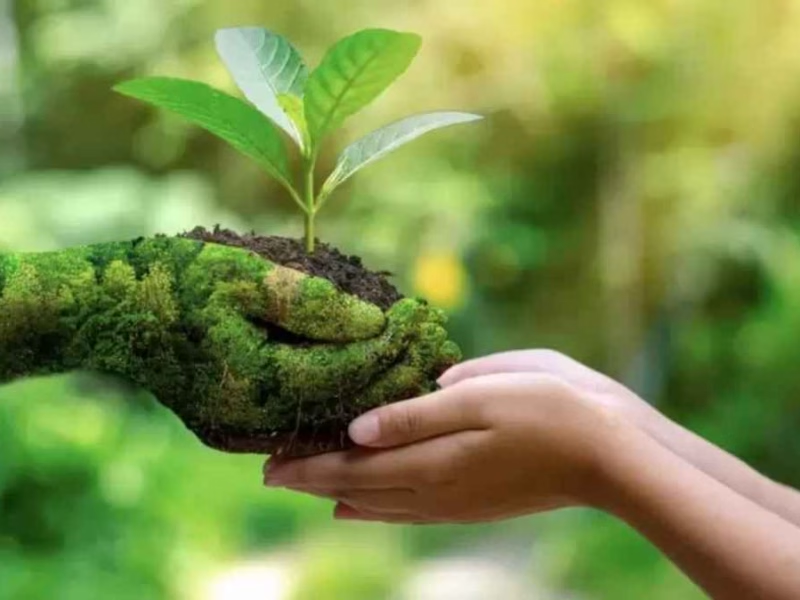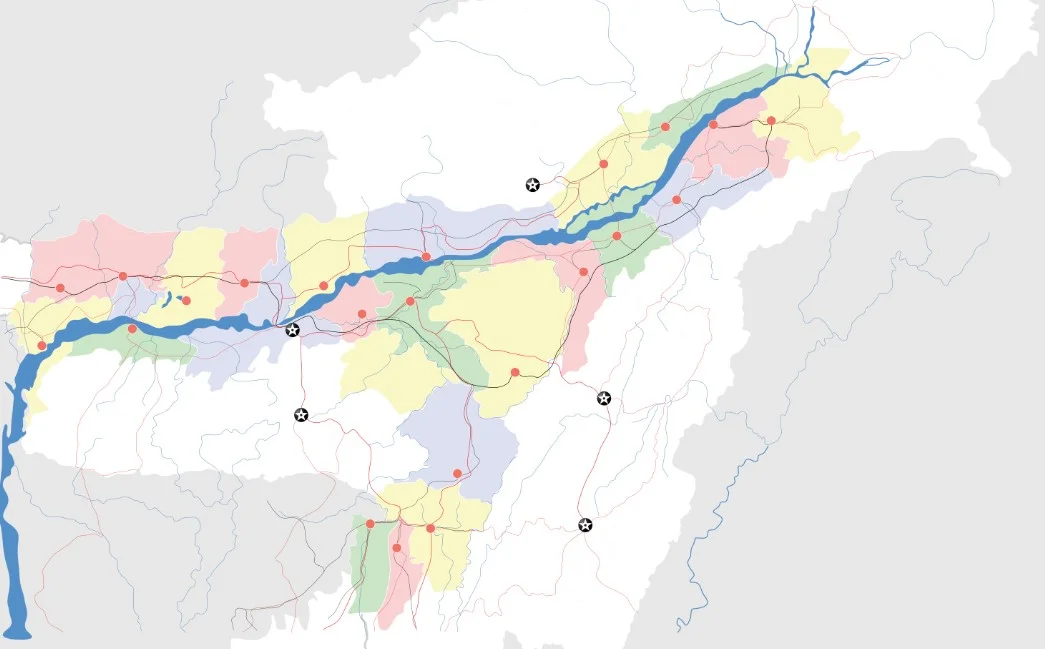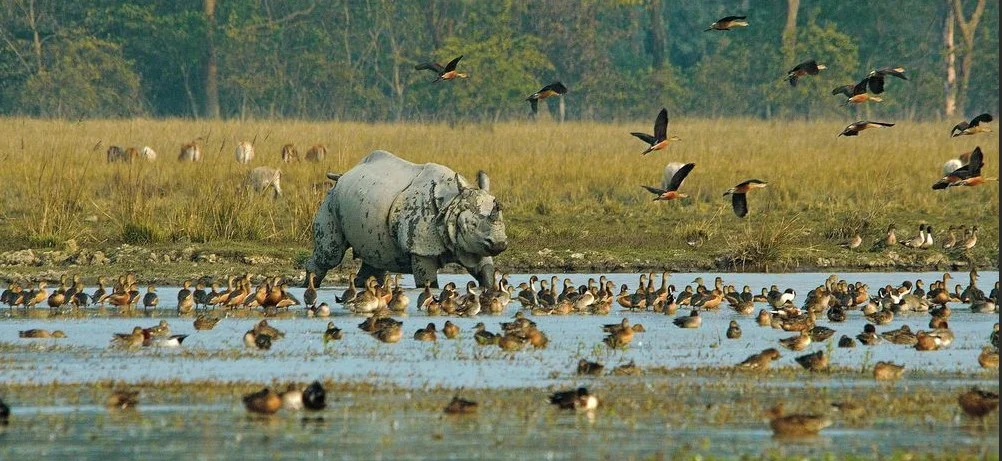In a surprising turn, recent scientific findings show that plant leaves can absorb microplastics and nanoplastics straight from the air. This breakthrough sheds light on a new way these particles may enter our food chain, raising fresh concerns for both ecosystems and human health. The study—carried out by a coalition of top research institutions—traced the journey of microplastics into plant tissues, revealing their ability to infiltrate living organisms more deeply than previously known.
What Exactly Are Microplastics?
Microplastics are tiny plastic fragments, typically under five millimeters in size. They form either by design—known as primary microplastics, used in things like cosmetics and industrial applications—or from the breakdown of larger plastic waste, referred to as secondary microplastics. Both types are increasingly widespread in the environment, especially in urban air.
Leaves Absorb Microplastics: Pathways Into Plant Tissues
Leaves absorb microplastics primarily through two entry points:
- Stomata – These microscopic pores on the leaf surface, typically used for gas exchange, can also allow microplastic particles to enter.
- Cuticle – A waxy outer layer that acts like a filter, trapping airborne microplastics and enabling their absorption.
Once inside the leaf, these particles can travel through the plant’s internal transport system and potentially reach the roots. However, tiny leaf structures known as trichomes—hair-like projections—may act as a barrier, reducing how deeply microplastics penetrate.
How Much Plastic Ends Up in Plants?
The amount of microplastics found in plants depends largely on how polluted the surrounding air is. Outdoor-grown vegetables were found to contain more microplastics than those cultivated inside greenhouses. Older leaves and the outer parts of plants also tend to accumulate more plastic particles than younger, inner leaves.
Why This Matters: Risks to Health and the Environment
This discovery isn’t just a scientific curiosity—it has real-world implications. If microplastics are making their way into plant tissues, they can potentially be passed on to animals and humans through the food chain. Early evidence suggests they may disrupt biological functions and even affect reproductive health, although more research is needed to fully grasp the long-term risks.












